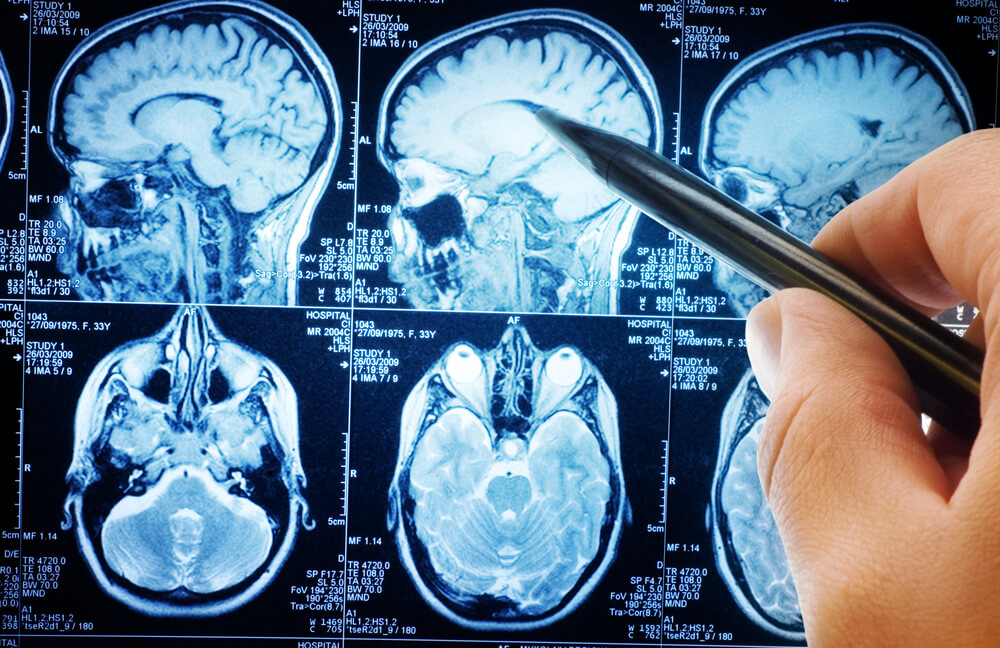Researcher out of Dartmouth College shows that it's possible to predict who people are friends with simply by examining how their brains respond to visual stimuli - in this case, watching video clips.
The study, recently published in Nature Communications, analyzed the friendships and social ties of nearly 280 graduate students. A group of 42 students also volunteered to watch a range of videos while having their neural activity recorded in a functional magnetic resonance imaging (fMRI) scanner.
Each participant watched the same set of videos in the same order, covering topics ranging from politics and science to comedy and music. Neural responses were then compared pairwise across the set of students to determine if pairs of students who were friends exhibited similar brain activity compared to those who were "further removed" from each other in their real-life social network.

The analysis revealed that neural responses were most similar among close friends, a pattern that was evident across brain regions involved in things like directing one's attention, high-level reasoning and emotional responding. Even when controlling for variables such as age, gender, ethnicity, nationality and left-handed- or right-handedness, similarities in neural activity among friends persisted.
Researchers were even able to use the brain scans to determine the social distance between two people (a friend-of-a-friend, for example).
Carolyn Parkinson, the study's lead author who was a postdoctoral fellow in psychological and brain sciences at Dartmouth at the time of the study, said neural responses to dynamic, naturalistic stimuli, like videos, can give us a window into people's unconstrained, spontaneous thought processes as they unfold. The results, she added, suggest that friends process the world around them in exceptionally similar ways.
